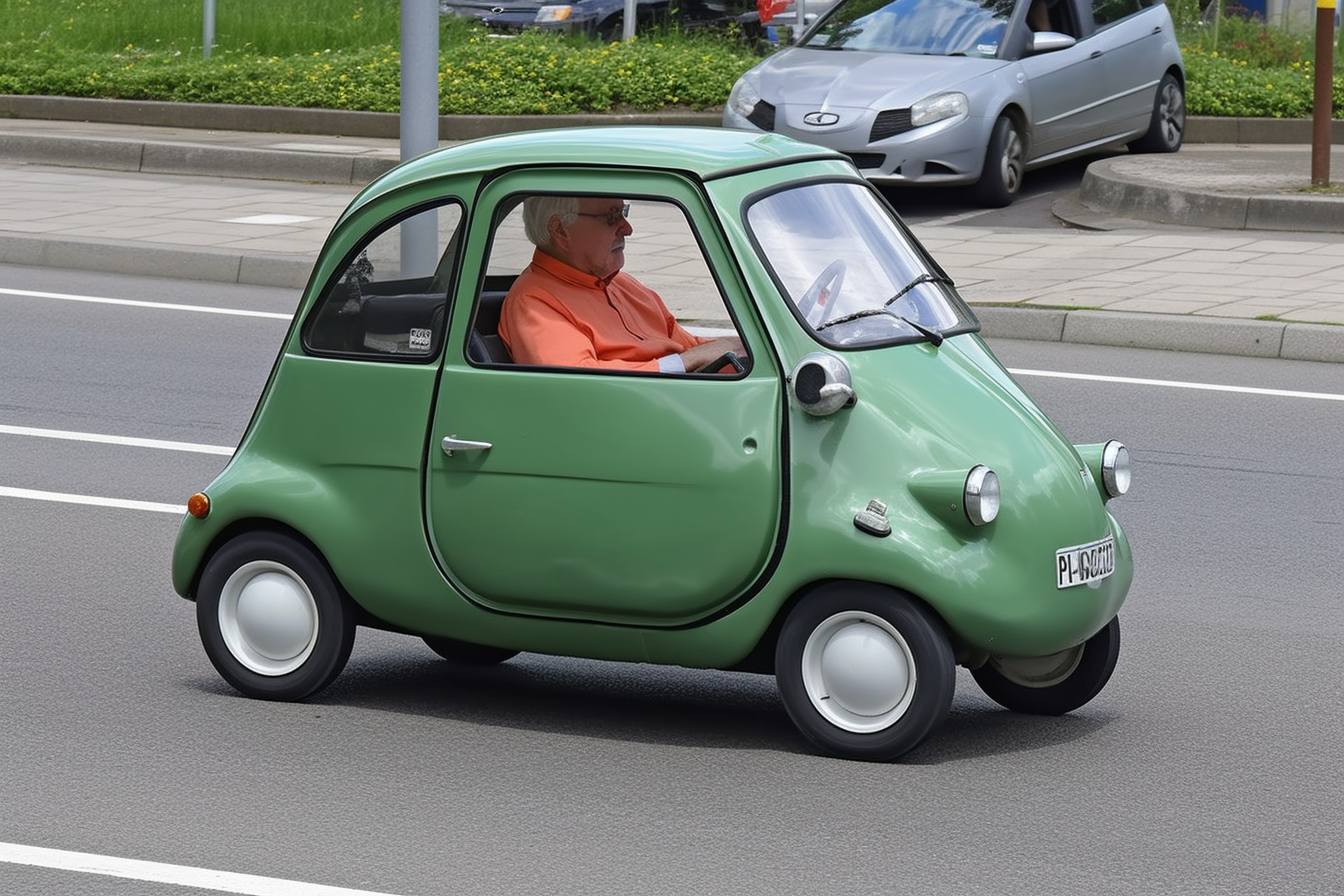Silent Night: The Intricate World of Automotive Acoustics Engineering
Automobiles have long been associated with the sounds they make: the deep rumble of a muscle car, the high-pitched whine of a sports car, or the soothing hum of an economy car. However, there is a complex science behind these sounds. The intricate world of automotive acoustics engineering is where sound, vibration, and the driving experience intersect. This article will delve into the foundations of this discipline and its implications in the automotive world.

The Symphony of an Automobile
Automotive acoustics engineering can be considered an orchestra, where each component of the vehicle plays a unique part. From the engine’s roar to the tires’ hum against the asphalt, all these sounds combine to create an auditory experience. The history of this field dates back to the very advent of automobiles, when the noise was often seen as a nuisance. Over time, engineers began to appreciate the potential of these sounds and started working on ways to control and even enhance them.
The Sound of Progress: The Rise of Acoustics Engineering
In the early days of automobiles, noise was just noise. However, as the industry evolved, so too did the understanding of automotive acoustics. It was no longer about merely reducing noise but rather controlling and refining it. Today’s automotive acoustics engineers work on everything from reducing noise vibration and harshness (NVH) to enhancing the auditory feedback of performance cars. Their work contributes to the overall driving experience and even safety, as certain sounds can alert drivers to potential mechanical issues.
The Art and Science of Sound
Creating the perfect automotive sound requires a delicate balance between art and science. On the one hand, there’s the technical aspect—using advanced materials and technologies to control sound. On the other hand, there’s an artistic element involved, where engineers strive to create a sound that is pleasing and in tune with the car’s character. It’s a complex process that often involves countless hours of testing and fine-tuning.
Challenges and Future Directions
Despite the advancements in automotive acoustics engineering, challenges remain. For one, the rise of electric and hybrid vehicles has created a new set of problems. These cars are often too quiet, posing a safety risk to pedestrians and cyclists. Engineers are now tasked with creating artificial sounds for these vehicles—sounds that can alert those outside the car without adding to noise pollution.
The Unseen Maestros
Automotive acoustics engineers are the unseen maestros of the automotive world, creating the symphonies that we experience in every drive. Their work might not be as visible as that of their counterparts in other areas of automotive engineering, but it’s just as crucial. They help shape our driving experiences, making them more pleasant, safer, and more memorable.
In conclusion, the world of automotive acoustics engineering is a fascinating blend of science and art. It’s a field that continues to evolve and innovate, shaping our driving experiences in ways that go beyond the visible and tangible. The next time you sit in a car, take a moment to listen to the symphony of sounds around you—it’s the result of meticulous engineering and a testament to the ever-evolving world of automobiles.




